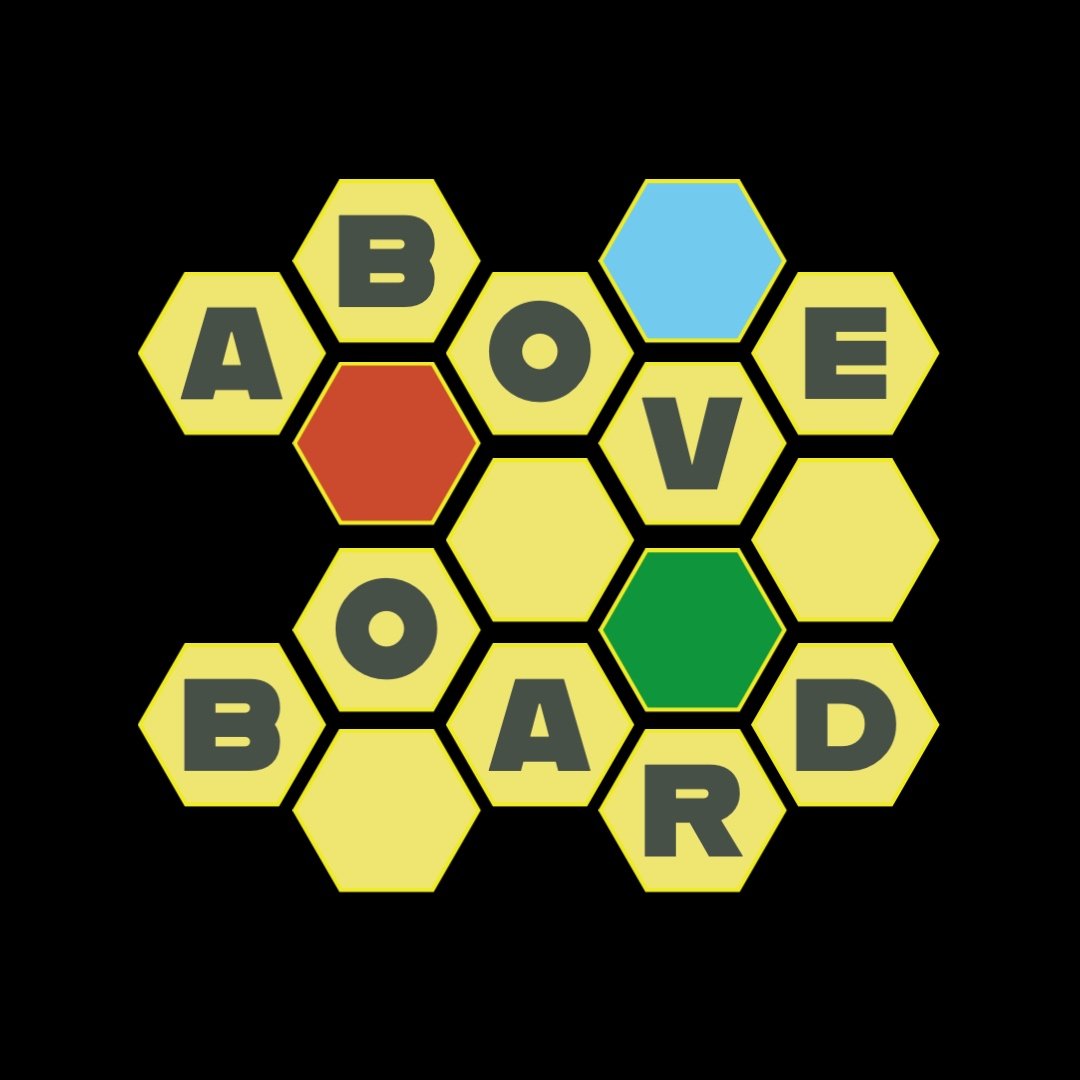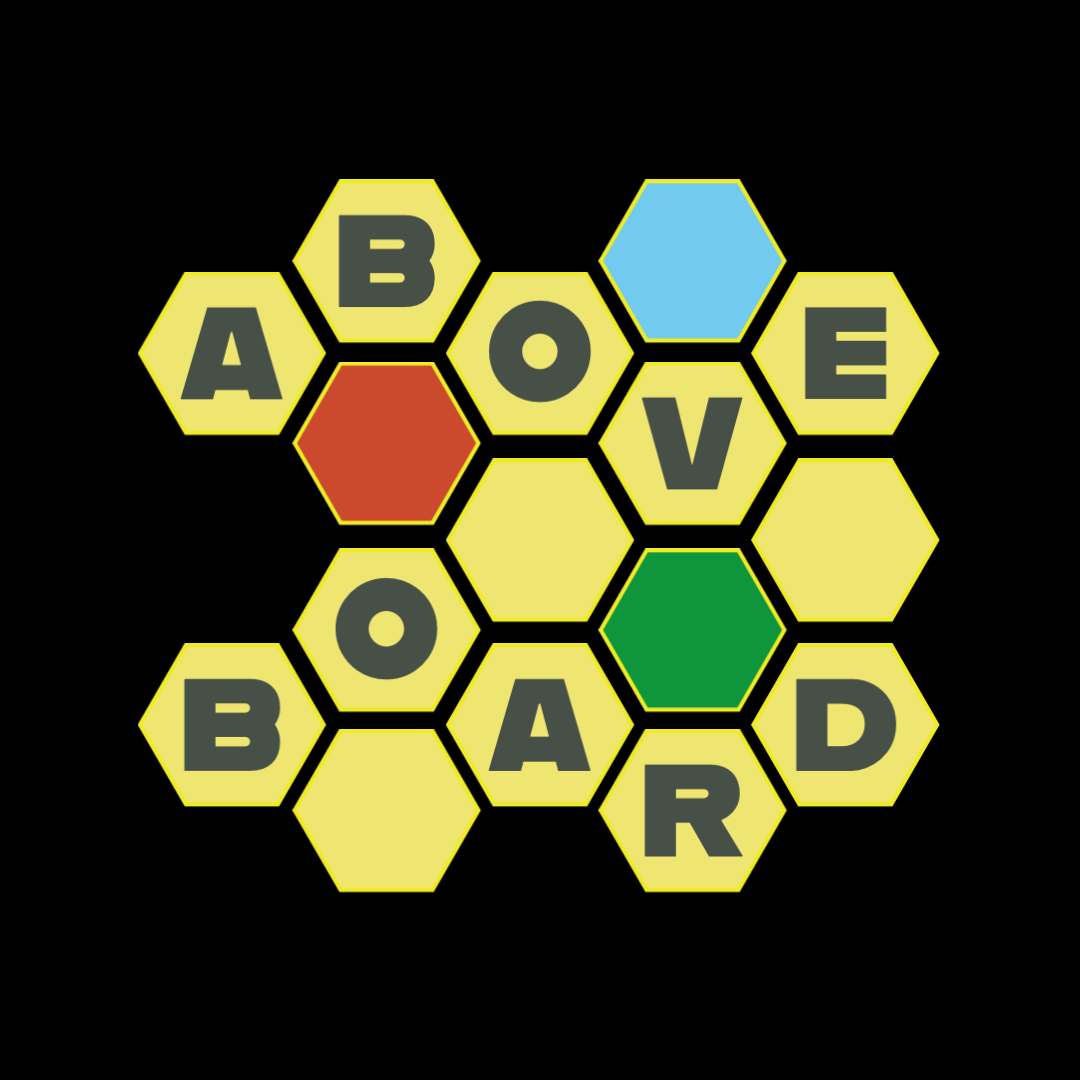Takahe’s Solo Den: Stroganov
1-6 Players 90 minutes Age 12+
Designer: Andreas Steding
Artist: Maciej Janik
Publisher: Game Brewer
Not your typical Stroganoff - but equally yummy!
I am not going to lie. I have a weakness for euros where you collect resources and stuff, farm crops and stuff, place buildings/workers and stuff, and move discs and cubes and stuff on a variety of tracks. However, despite being a creature of habit (in other worlds, staying comfortable by sticking to what I know and like), I occasionally tend to diversify my gaming experiences. Either by playing deck-builders or ameri-trash… or by exploring less known but interesting looking euros that are not on the front pages of BGGs and Youtubees… but look refreshingly different than my usual daily affair. And that’s precisely the case of Stroganov – a relatively under-the-radar flying euro with an excellent fusion of strong theme and mechanisms that really show this genre can still surprise us.
Crooked but functioning…
BUT. Let’s address the elephant in the room first. This game has some noticeable production issues. I myself only own the retail version so can’t speak for the Kickstarter one, however the quality of some of the components is just not up to the standard I am used to from other games. And that goes mainly towards the game board itself. Sure, it looks beautiful, but the thin card-board base and very visible seams really detract from otherwise a stunning art. The overall quality of cards and other card-board pieces is equally lacking, with player boards being warped and some tokens being torn due to a bad cutting process in factory (I tried to be careful when punching those out, believe me, I did!).
HOWEVER…
Does it mean the game is unplayable or these issues make it less enjoyable? I am happy to say no. The beauty of Stroganov lies in how the gameplay mechanisms serve the theme, not the other way around. What do I mean by that? Many euros are developed as a game first, with theme being slapped on top of it just to give some loose rationale/logical meaning to all the things players will do. An upcoming game from Uwe Rosenberg, Oranienburgen Kanal, is such example – the game was designed as a mash-up of mechanisms and only after that the publisher wrapped it in some loose theming (this was confirmed on BGG by the publisher himself). In Stroganov, the theme was clearly the idea that came first – and the game was then built around it to serve it.
Who said euros can’t be super-thematic?
Let’s take a closer look at what this means for the gaming experience you’ll get out of this euro. Stroganov is set in the 16th century, when Russia begins to expand into Siberia (which is a very vast, cold, rough piece of land). As a wealthy Cossack family, you are tasked to journey far into these distant lands, hunt for furs (to use as a commodity or to fulfil Tsar’s requests), visit villages and meet locals, build forward hunting lodges… and if possible, buy land. If you look closely at the pics around, you simply have to admit – this game oozes with atmosphere and every single component and every single action fit strongly into it. In genre known for its dryness and thematic blandness, Stroganov truly feels like a breath of fresh air. It then makes sense that this beautiful thematic wrapping flawlessly transitions into an immersive and very captivating gameplay.
Euro… but not your typical euro…
It’s actually quite hard to stereotype this one, though! This is not an engine builder, nor a typical worker placement euro. It’s also not a rondel in a classic sense and there is no deckbuilding of any kind. So, what is Stroganov exactly? To put it simply, it is a flat-earther’s rondel (you walk forward, not around :-D) with heavy emphasis on action selection and resource management. The game is split into 4 seasons across 4 years (rounds), giving you exactly 12 turns to score as many VPs as possible. Why only 12? Because winter, the last season of each year, only serves as a “wrap up” for that particular year with some additional end of round scoring if you qualify for it. So how can you actually achieve ANYTHING meaningful in such few turns?
Because of the structure of your turn. After you move forward (a mandatory action - you can move up to two landscape tiles – or more, if you have enough horses which act as a resource), you than have an option of doing one basic and one/two additional basic OR advanced actions. Perhaps the only slightly convoluted and confusing part of this game (that could have used some sort of tracker on player boards), these actions can first seem a bit “all over the place” and will have you scratch your head as to what you can actually do, how, for how much, how often etc. But once you get a hang of it, you’ll will start seeing the opportunities. Opportunities for triggering combos that will expand your turn far beyond what you thought was possible…
For example. You decide to move your Cossack three steps forward, paying one horse in the process. You do your first basic action – you hunt for animals, you pay one coin to motivate your group to hunt two instead of one, thus gaining 2 furs. Since you’ve cleared the landscape tile of all wildlife, you decide to claim the tile (as your advanced action) by paying 2 of the required furs, gaining bonuses depicted on it in the process. But that’s not all – you do your second advanced action, allowing you to setup your yurt in the area (by claiming the tile), triggering an action to add a fur into your trophy list, moving your trophy token by one space and… surprise… activating yet another possible action (such as visiting a village, getting free fur from the market etc.).
So as you can see, the main goal here is to optimise your moves to give you as many benefits and actions as possible. Besides the main actions, you also have auxiliary actions available to you, that can be executed anytime, and these mainly allow you to trade/buy furs from the market or fulfil the Tzar’s requests.
Humble, without too much fanfare… but possibly one of the best on the market.
Okay, so how does the flexibility of the action selection system translate into solo mode? In the solo game, you are competing against Ivan whose actions are controlled by a set of double-sided cards. Ivan does not have to use horses; however, he does have to pay for stuff just like you do – in other words, does not cheat as much as other automas out there. When it’s Ivan’s turn, you flip a top card and do what’s depicted on the one you just flipped and the one on top of the stack. This always results in Ivan moving forward and collecting one or two furs.
Afterwards, Ivan does 2 actions (just like human player would) – for both he must pay with furs, otherwise he just visits the local village or gains coin. But no matter what he does, the iconography and rules around his actions are crystal clear, making the management of automa super fluid and super easy. You don’t need to make any decisions for him, everything is well laid out, you just move/take/give and that’s it.
I have to be honest – this is a flawless implementation of solo mode for me. You have a competing AI that, for the most part, doesn’t cheat (the only “cheaty” bit are the horses which the AI collects and turns into VPs instead of using them), is very smooth to operate and provides a scalable challenge that can be modified through specialising it in a specific aspect of the game (for example landscape heavy, Tsar’s requests heavy etc.).
I can’t really think of any other board game that is providing a similar experience – it just feels like playing against another human player, especially because Ivan has to pay for stuff, and doesn’t get his actions for free. Perhaps Paladins of the West Kingdom comes close? But even that AI doesn’t need to pay rations or coins, it only needs to fulfil requirements on tracks. Yeah… just a brilliant solo mode in Stroganov, really elevates this game for me, especially in this crowded genre where solo bots are quite a common norm these days.
A thematically rich euro unlike any other…
I guess the only negative I have against the game is it’s fiddliness. Now, I don’t mind fiddliness that much, but I do think Stroganov takes it a tiny bit too far – mainly because of how frequently you have to refresh stuff, add new stuff to the board and just move bits and pieces here and there. Especially those relatively small fur tokens – can get a bit tedious and distracting.
The other nit-pick I have mentioned earlier, an absence of some sort of tracker for players actions, would have been nice as later in the game, with changing all the actions into combos, I was losing track of whether I didn’t do more that I was allowed to. But, even with these negatives, this game is a massive surprise for me. Thematically rich, with very interesting take on euro-genre, Stroganov is one of those hidden gems that should definitely be given a chance. And especially for solo players who fill find one of the most enjoyable solo experiences here… no exaggeration.










